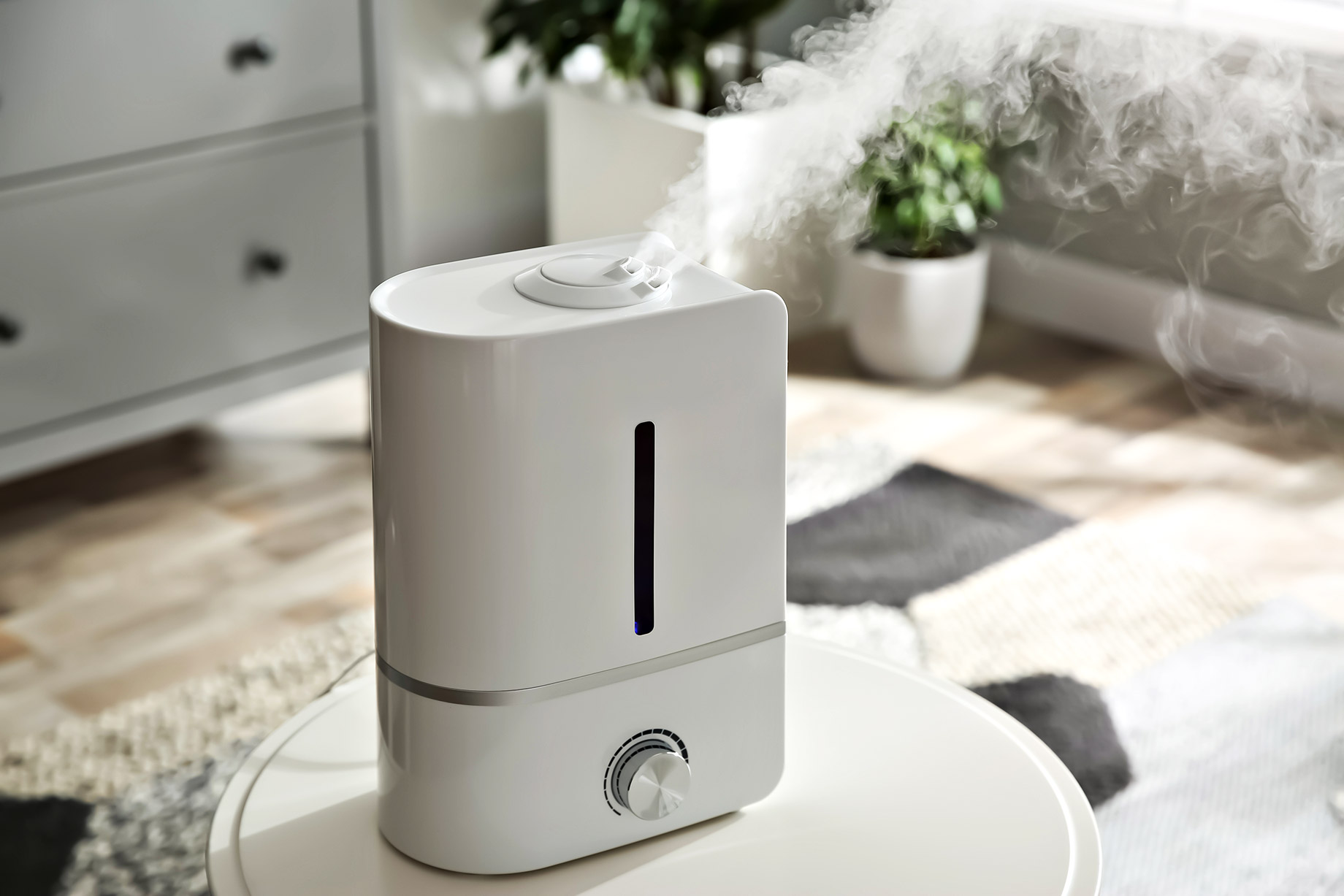
Summer is right around the corner, which means it’s time to start thinking about how to make your living space more breathable. Most people don’t think about the air quality in their homes until they start to feel sick. And by then, it could be too late.
Poor air quality can cause various health problems, including asthma, allergies, and even cancer. The good news is that you can do some simple things to create breathable living spaces and improve your indoor air quality. Hence, here are some tips for creating breathable living spaces.
1. Use A Humidifier To Add Moisture In The Air
Humidifiers help to add moisture to the air. You can use them for various purposes, including helping with allergies, asthma, sinusitis, and other respiratory problems. A humidifier is especially helpful if you live in an area with dry winters or hot summers because it helps combat the effects of low humidity by adding necessary moisture back into your home’s air. Moreover, you could continue reading this to know more.
2. Keep Your Home Clean And Dust-Free
Many things can contribute to poor air quality, from dust mites in your mattress and carpet to pet dander. If you want to keep your home clean and dust-free for better breathing, then it’s important to vacuum regularly. You should also wash bedding, curtains, and other fabrics regularly. If you have pets, be sure to keep their area clean and free of pet hair.
If you have environmental allergies and headaches, keeping your home free of dust and allergens is crucial. Not only will it improve your breathing, but it can also help alleviate symptoms associated with allergies and sinus problems.
3. Improve Ventilation In Your Home
If your home doesn’t have good ventilation, it will be difficult for the air to circulate properly. This can lead to various problems, including poor air quality, moisture buildup, and even mold growth. To improve ventilation in your home, you could install fans in key areas. This may include putting them in rooms such as the kitchen and bathroom.
4. Keep Your Home Free Of Mold And Mildew
Mold and mildew can have a major impact on indoor air quality. For this reason, it’s essential to keep your home free of moisture buildup. If you notice any water damage or areas where mold may be growing, address the problem right away with professional help.
5. Avoid Smoking And Chemical-Based Products
Smoking is one of the worst things you can do for your health and it’s also terrible for your indoor air quality. Not only does smoking produce harmful toxins that can linger in your home for months, but it also increases the risk of fires.
Another thing to avoid if you want better air quality is using chemical-based products. These products often contain Volatile Organic Compounds (VOCs), which could cause health problems. Some common chemical-based products include cleaning supplies, air fresheners, and pesticides.
6. Limit Exposure To Radon
Radon is a gas found in some homes and can cause serious health problems. To determine if you’re at risk for radon exposure, you can test your home for the gas. If you do have high radon levels, there are ways to mitigate it. One of the best ways to do so would be to seek professional help.
7. Be Mindful Of Radiators And Heaters
Radiators and heaters can often produce harmful toxins, such as carbon monoxide. If you’re using a radiator or heater in your home, be sure to install a carbon monoxide detector to avoid any potential health risks.
8. Install A Home Air Purifier Or HEPA Filter
A home air purifier is an excellent way to keep your indoor air clean and free of harmful particles. A High-Efficiency Particulate Absorbing (HEPA) filter that could remove 99.97% of airborne contaminants from your home’s atmosphere. This is done by trapping them on its surface with electrostatic attraction rather than allowing them to pass through it like how other types of filters do.
9. Use Houseplants To Clean The Air
Adding indoor plants is a great way to improve air quality in your home. They not only add a touch of greenery, but they also act as natural air filters by removing harmful toxins from the air. Some plants known for improving air quality include bamboo palm, English ivy, and peace lily.
10. Open Your Windows And Doors To Let In Fresh Air
Opening your windows and doors is an effective way to improve indoor air quality. By opening these ventilation areas, you can let fresh air flow through space. This helps remove harmful particles that may be lingering in your house. Also, make sure any clotheslines are not outside as they will trap moisture inside them, leading to mold growth.
Conclusion

It’s easy to take your home’s air quality for granted. But if you want to breathe easier, it’s important to make sure that your living space is clean and free of harmful particles. By following these tips, you can create a healthier environment to feel better every day.